Un jardín de invernadero es una excelente manera de extender la temporada de crecimiento y producir verduras frescas durante todo el año, incluso en climas fríos de invierno. La jardinería en invernaderos se está volviendo cada vez más popular a medida que más y más personas buscan formas de comer de manera saludable y ahorrar dinero cultivando sus propios alimentos.
Si bien comenzar un jardín de invernadero puede parecer una tarea desalentadora, no tiene por qué serlo. Con un poco de planificación y preparación, puede estar bien encaminado para cultivar sus propios alimentos saludables durante todo el año.
Si está pensando en comenzar un jardín de invernadero, hay algunas cosas que debe tener en cuenta antes de comenzar. En este artículo, aprenderá algunos consejos sobre cómo comenzar con la jardinería en invernaderos y cómo aprovechar al máximo su nuevo pasatiempo.
1. Elija la ubicación correcta
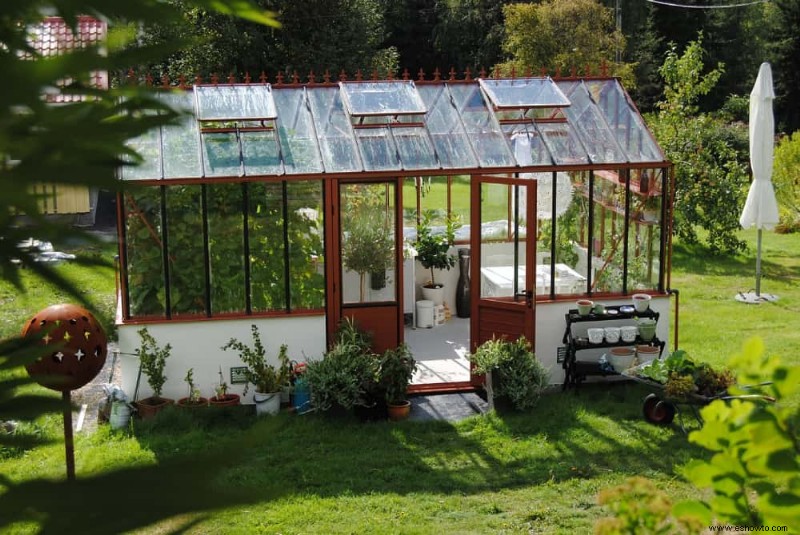
Una de las cosas más importantes a considerar al comenzar un jardín de invernadero es la ubicación. Deberá encontrar un lugar en su jardín que reciba mucha luz solar. Si vive en un clima frío, deberá asegurarse de que el lugar que elija esté alejado de árboles grandes u otros objetos que puedan bloquear el sol. El sol es esencial para el cultivo de plantas saludables, así que asegúrese de elegir un lugar que reciba muchos rayos brillantes.
2. Seleccione el Tipo Correcto de Jardín de Invernadero
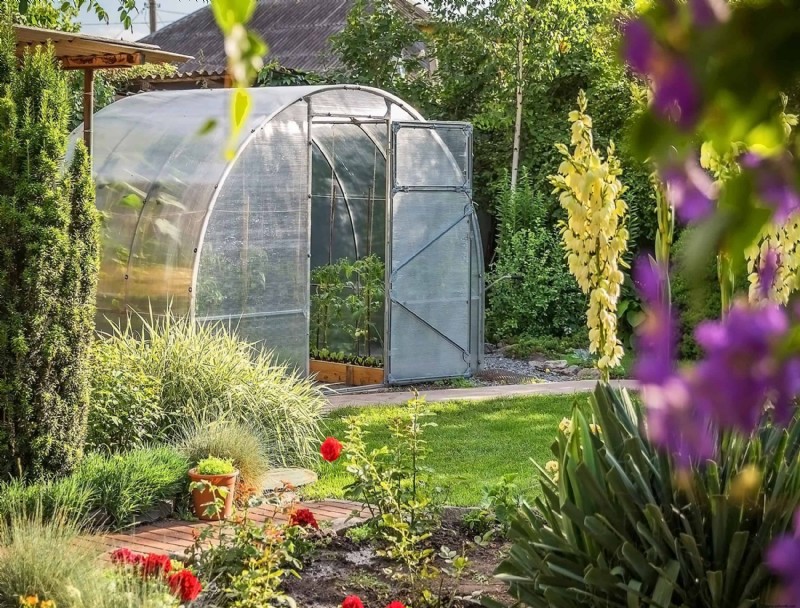
Una vez que haya elegido la ubicación perfecta para su invernadero, es hora de seleccionar el tipo de invernadero adecuado para sus necesidades. Hay muchos tipos y tamaños diferentes de invernaderos disponibles en el mercado, por lo que es importante investigar antes de realizar una compra.
Tendrás que decidir qué tipo de plantas quieres cultivar y, sobre todo, cuántas para elegir la estructura de tamaño adecuada.
3. Invierta en materiales de alta calidad
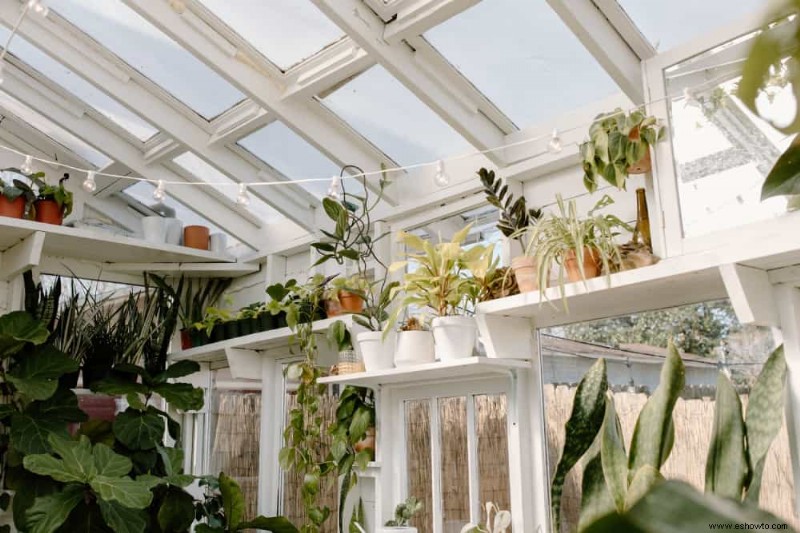
Cuando está configurando su invernadero, es importante utilizar materiales de alta calidad. Las estructuras de los invernaderos se pueden hacer con madera o acero y se pueden cubrir con cubiertas de vidrio, policarbonato o plástico. Cuanto mejor sea la calidad, más durará su invernadero. Como dicen, calidad sobre cantidad.
También deberá asegurarse de que los materiales que utilice sean duraderos y puedan resistir los elementos. Puedes construir el tuyo propio o comprar un kit.
4. A veces es mejor empezar poco a poco
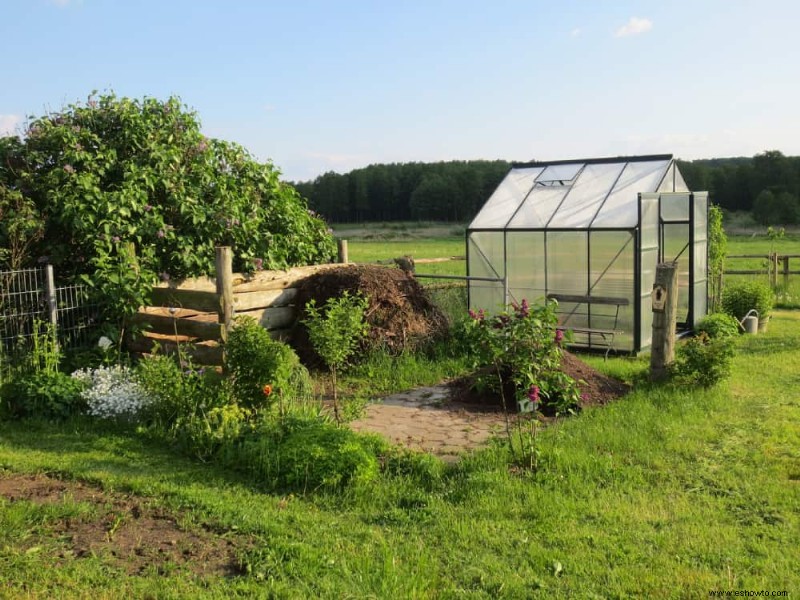
Si es nuevo en la jardinería de invernaderos, es mejor comenzar de a poco. No intentes cultivar demasiadas plantas a la vez. Comience con algunas plantas y luego agregue más a medida que adquiera más experiencia. No se apresure a cultivar una gran cantidad de plantas hasta que esté seguro de que puede manejarlo. You don’t want to end up with a bunch of sickly plants.
5. Be Prepared for the Unexpected
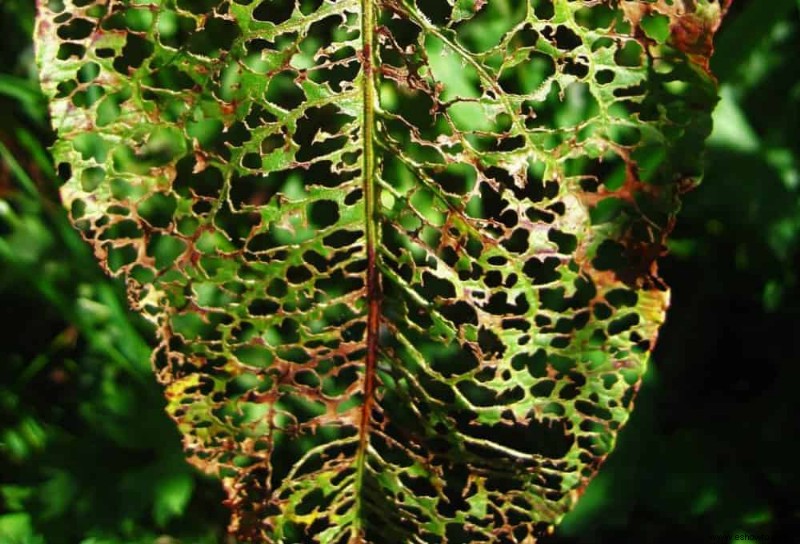
Even if you plan everything out perfectly, there will always be some surprises when you are growing plants. Be prepared for the occasional pest or disease.
Have a plan in place for dealing with these problems so they don’t take over your garden. Don’t let a few problems discourage you from growing your own food.
6. Learn About Greenhouse Gardening
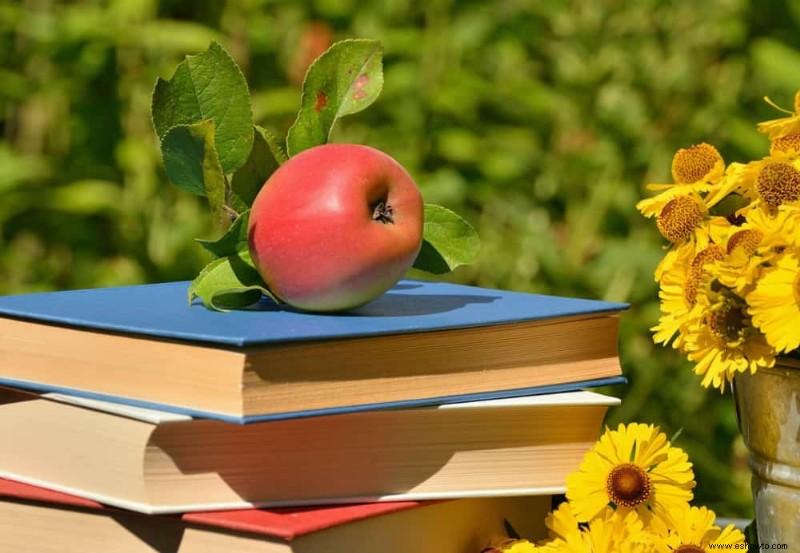
Before you start growing plants in your greenhouse, it’s important to learn as much as you can about greenhouse gardening. There is a lot to learn, but the more you know, the better prepared you will be. You can find plenty of information about greenhouse gardening online or at your local library. You can also take a trip to your local nursery to find out more from the experts.
7. Don’t Forget About Ventilation
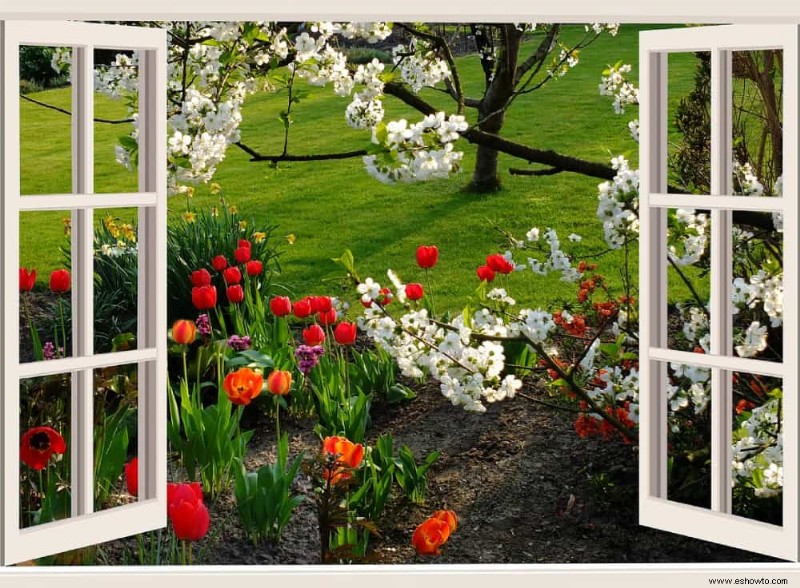
One of the most important things to remember when growing plants in a greenhouse is to provide adequate ventilation. Plants need fresh air to grow healthy and strong. Make sure your greenhouse has plenty of vents to allow fresh air to circulate. Air circulation is especially important in the summer when the temperatures inside the greenhouse can get very hot.
8. Water Your Plants Regularly
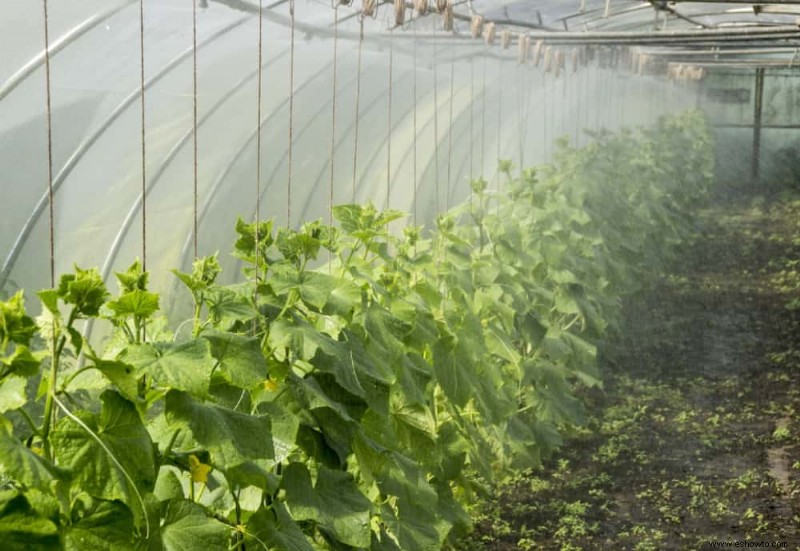
Another important thing to remember when growing plants in a greenhouse is to water them regularly. Plants need water to survive, so make sure you give them enough. Depending on the type of plants you are growing, you may need to water them daily or weekly.
9. Fertilize Your Plants
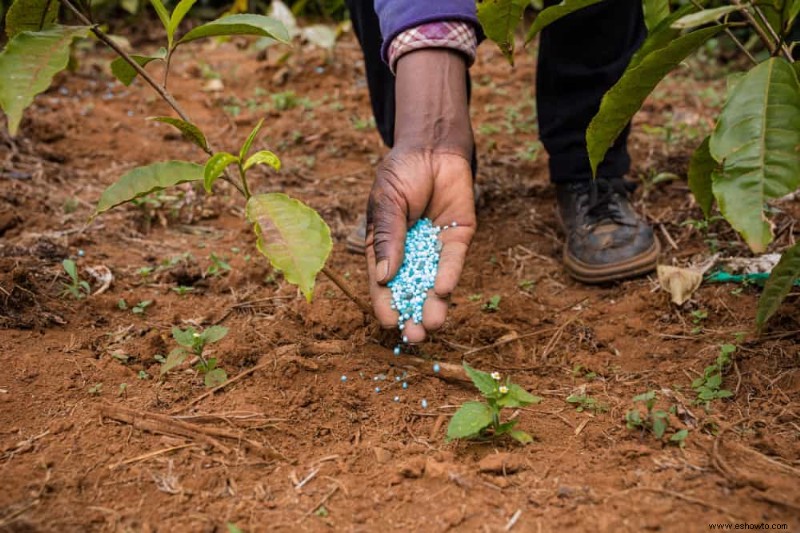
In order to keep your plants healthy, you will need to fertilize them on a regular basis. There are many different types of fertilizer available, so it’s important to choose one that is right for the type of plants you are growing. You can find fertilizer at your local garden center or online.
10. Keep an Eye on the Temperature
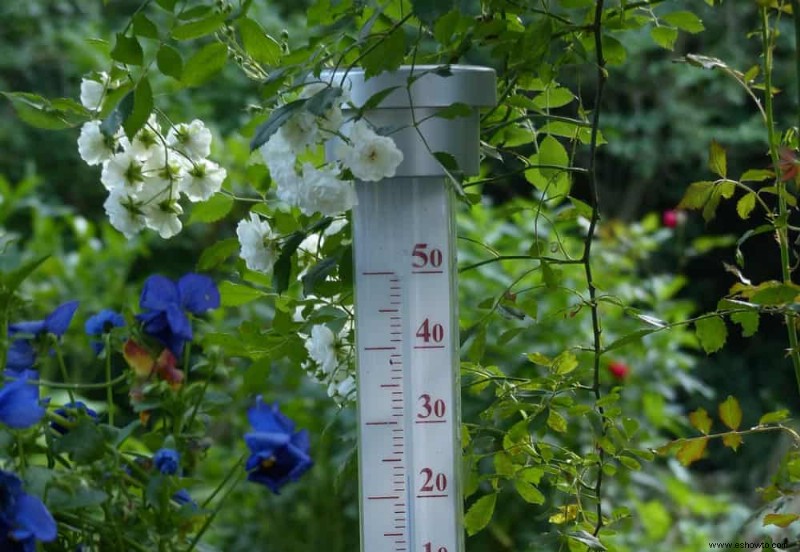
The temperature inside your greenhouse will have a big impact on the health of your plants. Make sure you keep an eye on the temperature and adjust it as necessary. If the temperature gets too hot or too cold, it can stress out your plants and cause them to die. So, it’s important to keep the temperature inside the greenhouse at a comfortable level for your plants.
One way to combat the heat is by “damping down.” Just wet the floor of your greenhouse and let evaporation work its magic. This will help cool the air and boost humidity.
Tener paciencia. growing plants takes time and patience. Don’t expect to see results overnight. Be patient and keep taking care of your plants, and eventually, you will see them thrive.
Greenhouse Gardening
Greenhouse gardening can be a fun and rewarding hobby. With these tips, you will be well on your way to growing a healthy and successful greenhouse garden. Just don’t get carried away with your structure and forget about the plants! With a little bit of effort, you can enjoy fresh, homegrown fruits and vegetables all year round.
You may also want to check 10 DIY Greenhouse Ideas for Your Backyard Garden. Do you have experience growing a greenhouse? Share your tips in the comments below! And don’t forget to share this article with your friends who love to garden!

